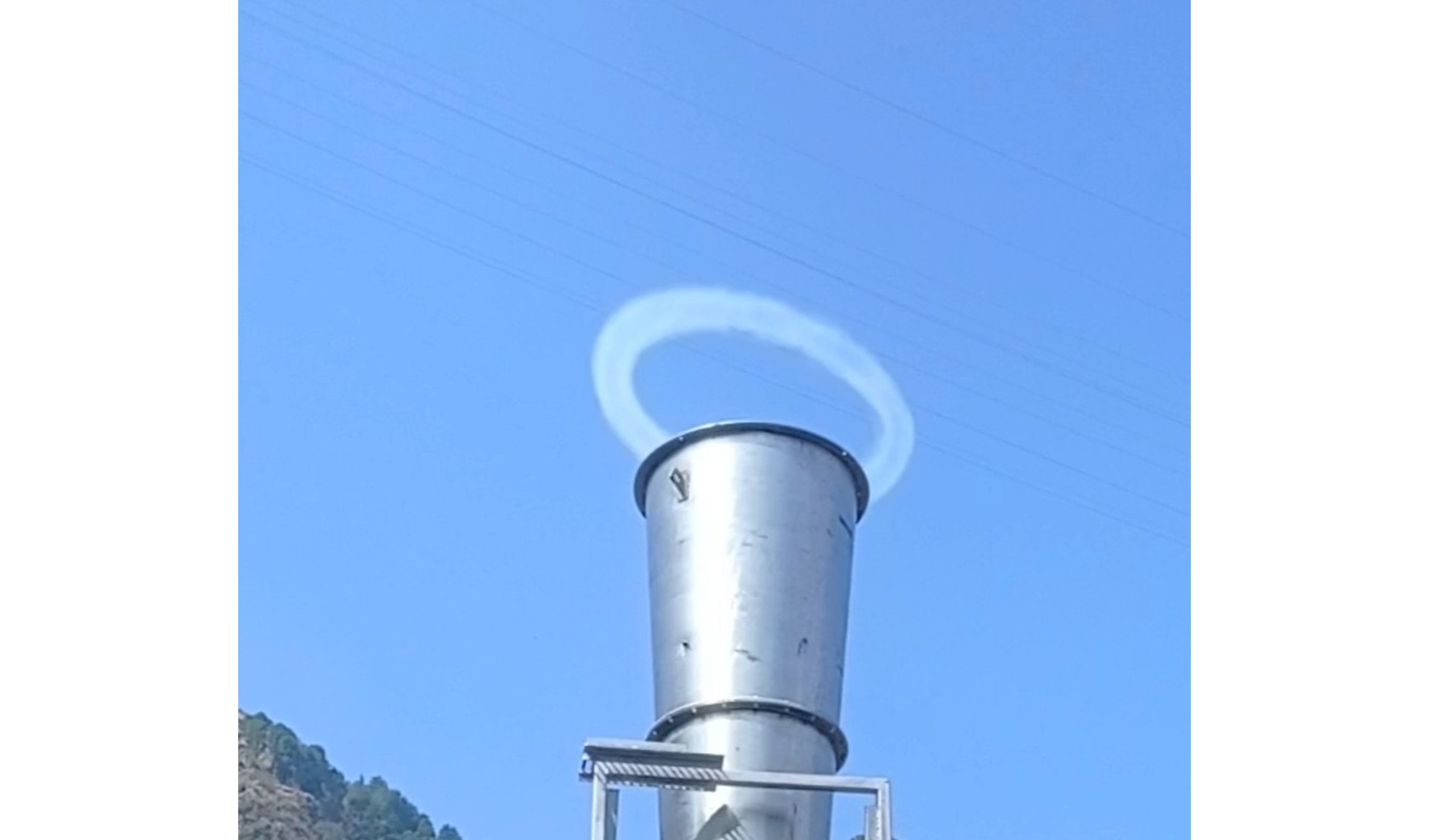Anti-Hail Gun System
Hailstorms cause significant damage to properties, crops, and livestock, leading to economic disruption, particularly in rural areas. The anti-hail gun addresses this issue by generating and directing shock waves using a fuel-air mixture upwards to disrupt hail formation in clouds. This in-house technology utilizes Liquefied Petroleum Gas (LPG) instead of the traditionally used acetylene, making it suitable for rural and remote regions. The design includes a combustion chamber, a spiral member to enhance detonation, and a conical barrel to direct the shock waves. It is easy to manufacture and has low operational and maintenance costs, providing a practical and cost-effective solution for protecting valuable resources from the impact of hailstorms.
Hailstorms, which produce solid precipitations of irregular lumps of ice, cause extensive damage to properties, crops, and livestock, leading to significant economic and social impacts. These storms can ruin agricultural yields, impose financial strain on farmers, and disrupt food supply chains, while property damage from hail results in costly repairs and insurance claims. Existing solutions like anti-hail nets and rockets have limitations: anti-hail nets are labor-intensive to install and can adversely affect plant microclimates, while anti-hail rockets are expensive, complex to deploy accurately, and dependent on weather radar. Current anti-hail guns on the market use acetylene, which is costly and not abundantly available, especially in rural and remote areas, and their lower combustion efficiency leads to higher fuel consumption and increased operational costs.
It runs on a commercial LPG gas cylinder that is 9-10% cheaper than the acetylene cylinder and the complete system is 50-60% cheaper than the imported systems.
- Shock waves capable of reaching heights in range 2000 - 4000 meters, even in environments with temperatures as low as -50 degrees Celsius.
- Coverage range of protecting approximately 2 - 3 sq km of area in the direction of wind.
- Remotely internet-operable automated system.
- A single commercial 19 kg LPG cylinder can power the anti-hail system for 9 to 10 hours.
The anti-hail gun includes a combustion chamber covered by a base plate. It starts by introducing an LPG air-fuel mixture into the chamber through an inlet and igniting it using an ignition system controlled by a microcontroller for precise detonation shots. Inside the combustion chamber, a spiral member induces turbulence to achieve a predetermined frequency of the detonation wave, facilitating the transition from deflagration to detonation. This process generates a high-pressure detonation wave with a specific frequency. Then, a convergent-divergent duct accelerates the subsonic detonation wave to supersonic speed. Finally, the shaped supersonic wave exits through a conical member and is directed upward into the atmosphere, disrupting the formation of hailstones within clouds.
Hailstorms cause extensive damage to properties, agricultural yields, and livestock, leading to significant economic and social consequences. Farmers face financial burdens, disruptions in food supply chains, and the need for costly repairs and insurance claims due to property damage. The introduction of the novel anti-hail gun, which utilizes LPG, offers a cost-effective solution and can rekindle farmers' hopes.
Agriculture - Protection of high-value crops, ground crops sensitive to hail damage, protection of public and private properties from the hails, clear the airport runway and protect aircraft from the bird strike while taking off and landing.



